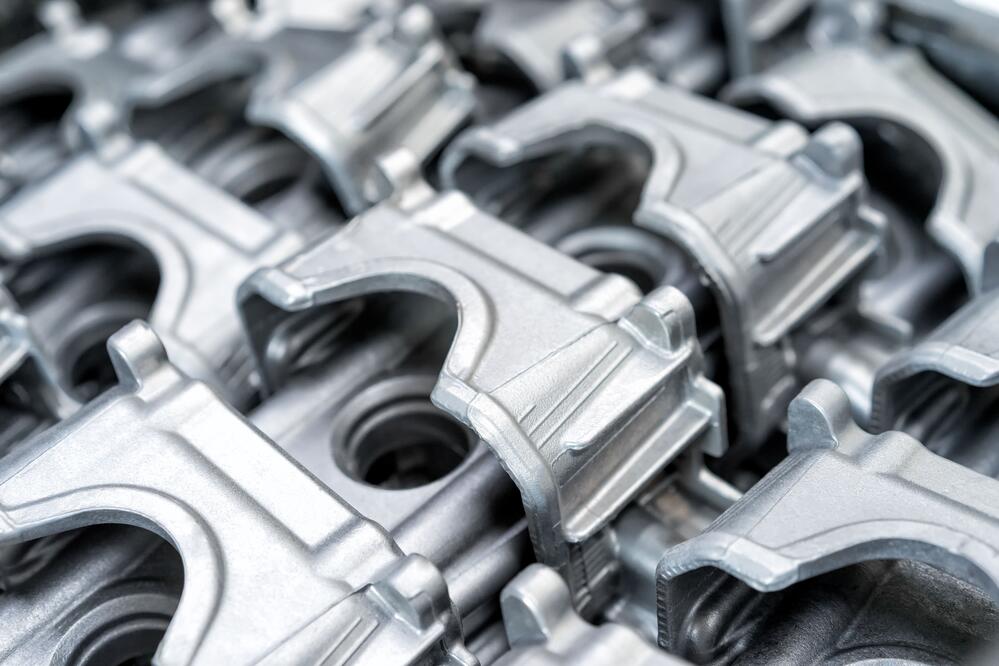Die casting is the most widely spread method of producing metal parts. It offers numerous advantages, such as enabling high-speed and high-volume production, giving the ability to create complex designs with precision, reducing material waste, etc. However, before launching your die-casting project, you need to know the difference between various types of die casting and other production methods. In one of our previous blogs, we compared die casting and 3D printing, and today, we’re looking at Pressure and Gravity Die Casting.
SPOTLIGHT ON THE PROCESS
Molds and metal alloys are integral elements of die casting, so they’re required for both Gravity Die Casting and Pressure Die Casting. The difference between these two types of die casting lies in the way molten metal (usually an alloy of Aluminum, Zinc, Magnesium, etc.) is introduced into a mold. In Gravity Die Casting, the keyword is gravity: the molten metal is poured into the mold from above, with no extra force applied, only the gravity is doing its job. In Pressure Die Casting, the process is automated, and the focus is on pressure: the molten metal is forced into the mold under significant pressure (about 150 times higher than the water pressure in your house.) This pressure stays the same until the casting gets solidified, in other words, a couple of seconds.

In terms of speed and automation, Pressure Die Casting performs better than Gravity Die Casting and therefore is more suited for long production runs. Besides, since the process is highly automated, the possibility of human error is reduced to the minimum. However, this efficiency comes with a higher upfront investment cost because tooling is more complex: Pressure Die Casting molds must be made of hardened steel and have internal cooling channels.
THE QUALITY OF THE FINAL PART
Knowing the difference between these two types of die casting processes, it’s easy to guess the difference between the quality of end products. If you choose to rely on Pressure Die Casting, you’ll get precise, dimensionally accurate castings with walls as thin as 2 mm. What’s more, the need for secondary machining and extra finishing will be reduced because as-cast surfaces are generally very smooth. With Gravity Die Casting, you won’t get all these characteristics, but the slow speed at which the alloy gets into the mold means that there’s less folding (i.e., the metal doesn’t fold over itself), so less air is trapped inside the casting.
THE BOTTOM LINE
Pressure Die Casting is the best way to produce high volumes of identical castings at a low cost per unit, usually using low-temperature metals like aluminum and zinc alloys. The fact that Pressure Die Casting is automated means that it’s a bit less flexible than Gravity Die Casting in terms of design, but it also guarantees minimal metal loss due to spillage.
The main advantage of Gravity Die Casting is high-integrity castings (because not so much air is trapped inside.) This type of die casting is good for large and thick parts that require great levels of detail. Besides, with Gravity Die Casting, you can use sand cores that allow you to achieve more design flexibility. It also doesn’t require as complex and expensive tooling and machinery as Pressure Die Casting, which makes it more suitable for lower production volumes.
At Simalex, we focus on Pressure Die Casting because it’s important for us to offer fast, efficient, and high-quality results, even when you need a low-volume production run. Contact us today to learn more about our die casting services!

